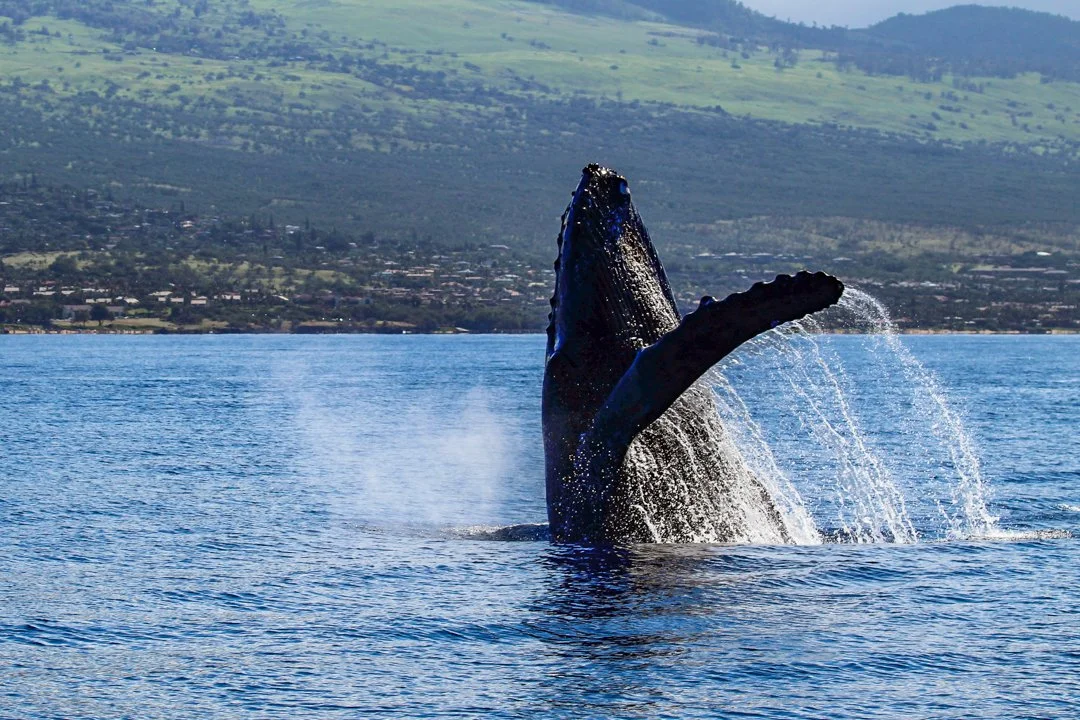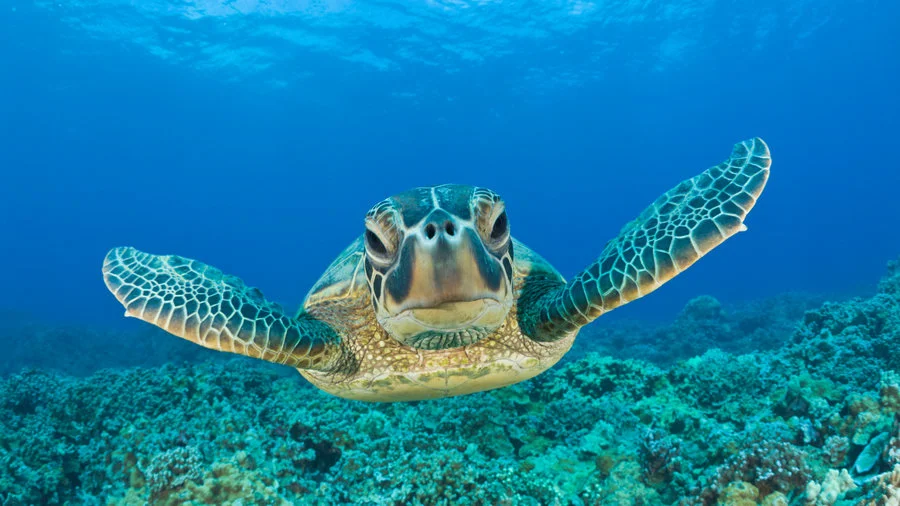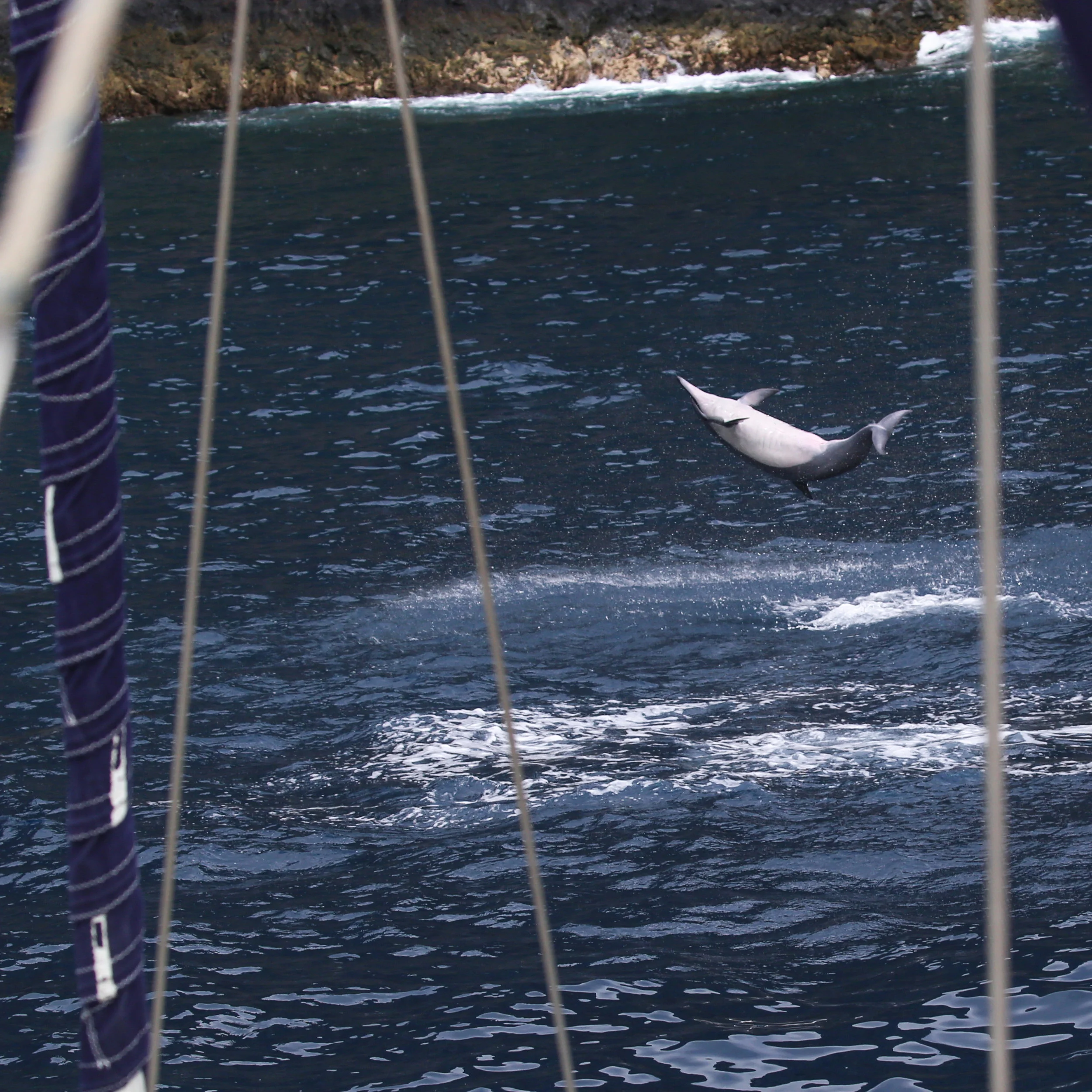Maui’s warm, crystal-clear waters are home to some of the ocean’s most graceful and mysterious creatures—rays.
Read MoreWhether you're a seasoned snorkeler or new to underwater exploration, SNUBA offers an exciting way to experience Maui's vibrant marine life. This hybrid activity combines the ease of snorkeling with the thrill of SCUBA diving, allowing you to dive deeper without heavy equipment.
Read MoreNo one really likes to talk about sharks when it comes to Maui snorkeling tours, but rather than sweep the topic under the rug, or make the same, tired jokes (i.e. “How do you know if there might be a shark here? Dip your finger in the water and taste if it’s salty. If so, there’s a chance there’s a shark here!”), we want to address the issue head on as a means of empowering and educating our guests about myths vs. facts, ocean safety, and some steps we’ve proactively taken as a company to ensure the safety of our guests.
Read MoreDuring our whale watching tours on Maui, we always like to educate our guests about the facts, figures, and mind boggling stats that accompany our winter whales.
Read MoreSeeing as we operate seven boats that offer whale watching tours in Maui, this is a question we’re asked a lot and at all different times of the year.
Read MoreEvery year, Discovery Channel fans count down the days until the coveted SHARK WEEK begins. Though the Discovery Channel does show the terrifying strength of these cartilaginous fish, it also does a lot to recognize the importance of sharks in the marine ecosystem. Many people consider sharks as evil, frightening, large, scary creatures however, it is important to realize how vital sharks are to us.
Read MoreGet ready to fill your mind with all things turtle! Dive in and learn the ins & outs of our two most common species of sea turtles here in Hawai’i - the Green Sea Turtle (honu) and the Hawksbill (honu’ea). Summer is turtle season!
Read MoreUnlike humans, dolphins are conscious breathers, so they rest half of their brain at a time. Imagine sleeping with one eye open in a state similar to that of a daydream.
Read MoreCoral reefs are underwater ecosystems, hosting over thousands of marine organisms. They come in blues, reds, yellows, browns, greens, and purples, making the ocean floor a rainbow. Despite looking like rocks, corals are a living invertebrate.
Read MoreAs the catamaran approaches Molokini crater and I peer down into the crystal clear turquoise water I tell the guests, “This is going to be a great day for snorkeling”. Questions about fish, coral, and marine life start to be asked and inevitably someone will ask, “Are there sharks here”? My response is always, “Yes, they live in the ocean”.
Read MoreAs the sun sinks below the horizon and Earth enters into the golden corpuscular hour, groups of spinner dolphins make their way offshore into deep, dark blue water up to 1,000ft. They are on the hunt for prey. Working together in large groups they use clicks, squeaks, and echolocation to communicate with each other to find food.
Read MoreMaui has experienced one of the best Whale Seasons to date this year! Enjoy this aerial footage of humpback whales including mother and calf cruising around Olowalu, HI.
Read MoreOften amongst the excitement of actually seeing the whale, time runs out and the really cool facts about these amazing creatures go untold. So here are some of my favorite little known facts about humpback whales.
Read MoreOne thing is certain on our daily whale watches from Lahaina, Ka‘anapali and Ma‘alaea: The humpbacks are back. For islanders, it’s our indicator that the winter season has begun when our gentle giants return to the waters of their birth and for visitors, it’s a once in a lifetime experience observing these marine mammals in our crystal clear waters, wild and free.
Read MoreHave you ever been on a Trilogy sail, enjoying the ocean and island views, when a surprise encounter with dolphins occurs?
Read MoreThe Hawaiian monk seal is our state mammal, native and found only here in Hawaiian waters. Heartbreakingly, it is extremely rare, with only an estimated 1100 individuals left in the entire population.
Read MoreSince Hawaiian spinner dolphins are such a highlight of our sailing tours in Maui, we figured we'd compile this online guide to help you understand more about them. These are some of the most frequently asked questions we receive about our Hawaiian spinner dolphins, and if you still have any questions at the end of the article you can leave them in the comments below.
Read MoreGiven our commitment to local marine life, Trilogy is proud to be a member of the Dolphin SMART program which is administered by the National Marine Sanctuary. Trilogy is the first member of the Maui charter boat community to follow the Dolphin SMART guidelines, and photos which you find on our website and social media channels adhere to the following conditions:
Read MoreYou’ll never forget the very first time you go snorkeling in Maui with sea turtles.
Time seems to suddenly stop when you first catch sight of these giants, and it's a curious combination of relaxation and excitement whenever you see one in the water.
Read MoreRead here to see if SNUBA is safe for you!
Read More


















